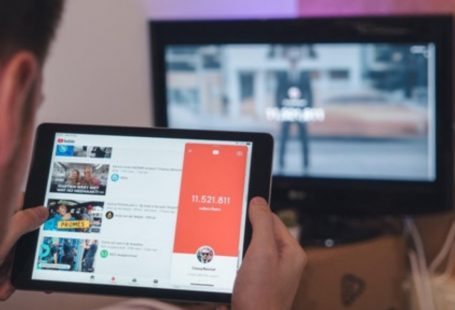Having good a communication between clients and professionals is key to obtaining the best results in a project, so that both can achieve a good reputation, be satisfied and even contact each other again for future projects.
And it doesn’t matter how far away they are physically, from what continent they work from or in which hours they work: thanks to new technologies and platforms like Workana it is now possible to maintain excellent communication between customers and professionals and thus achieve the best results for the project.
How can we do this? Here are 4 infallible tips to help you achieve what you want.
4 tips for a good communication between client and freelancer
1. Without clarity there is no good communication
It’s one of the golden rules: be clear from beginning to end, both in what you are looking for as a client and what you offer as a professional, because without clarity it is impossible to have good communication.
As a client, specify what you are looking for when you publish your project so that freelancers who meet the requirements and skills you require may apply. As a professional, be clear when you submit your proposal, showing your skills and strengths without lying or exaggerating.
2. Exploit Workana’s potential
At Workana we understand that good communication between the client and the professional is essential to achieving good results. That’s why we put everything you need at the tip of your fingertips so that you can have excellent communication before, during and after the development of the project.
If, as a freelancer, you have questions or doubts about a project you want to apply for, send the client a query so that he or she can provide more information before submitting your proposal. As a client, try to be as clear as possible about what you are looking for from the beginning to ensure that the best professionals fit the proposed tasks.
Once an agreement is reached for the development of the project, the ideal thing is that the client sends a message to the freelancer detailing the tasks even more or specifying them. In this sense, the client provides the professional with everything he or she may need to start working and it is open to solve their doubts and queries at any time.
On the other hand, the freelancer should write to the client before starting work to present his/her doubts, make sure he/she has understood everything well and let the client know that he/she is starting to work on the project. You may know you’re working on it, but your client doesn’t see it unless you tell him.
3. Don’t disappear or be absent
Once the development of the project is underway, do not cut off the communication. On the contrary, keep it and even intensify it, as it is the guarantee of being able to deliver and obtain a good result.
As a client you have to be visible and connected to the platform from time to time so that the professional can get in touch with you, present you with their progress and pass on their doubts or queries as they progress in their tasks.
As a professional, don’t let your client wonder if you’re working on their project. Ideally, from time to time, and depending on the size of the project, you should send him/her reports informing of your progress and arranging making small deliveries.
But whether you are a client or a freelancer, bare one thing in mind: no end is good and just as disappearing is an indication that the results will not be optimal, so too is over information. The best communication is the one that happens at the right time and in the right measure.
As a client, it gives the freelancer some freedom to “make a move”, and as a freelancer don’t ask before you make every move because you’re supposed to be the expert and that’s why you were entrusted with the project. There is a big difference between reporting and asking for permission, so trust your judgment and share your progress but don’t ask for permission every few minutes.
4. If there’s no feedback, no project is completed
It is a mistake to think that the communication ends when the “hand in work” button is pressed. Excellent communication means going one step further.
If you are a freelancer, let your client know that you have the job ready and ask for feedback, comments that will help you improve, and tell them that if they are not completely satisfied they can talk about it and reach an agreement to achieve the best results. That is: hand in the work and wait for it may need to be retouched, changed or modified.
If you are a customer, make constructive criticisms of the freelancer’s work to help him/her to improve, if you don’t like something, let him/her know and try to see how they can fix it. If you are satisfied, let them know that you are likely to need him or her again in the future.
It is true that there is no magic formula that guarantees 100% excellent results, but if you put these 4 tips into practice you will achieve good communication between client and professional, which will bring you much closer to achieving the expected results.
Do you put into practice any other tips that helps you to have a good communication during the development of a project? We will be waiting for your answers!



